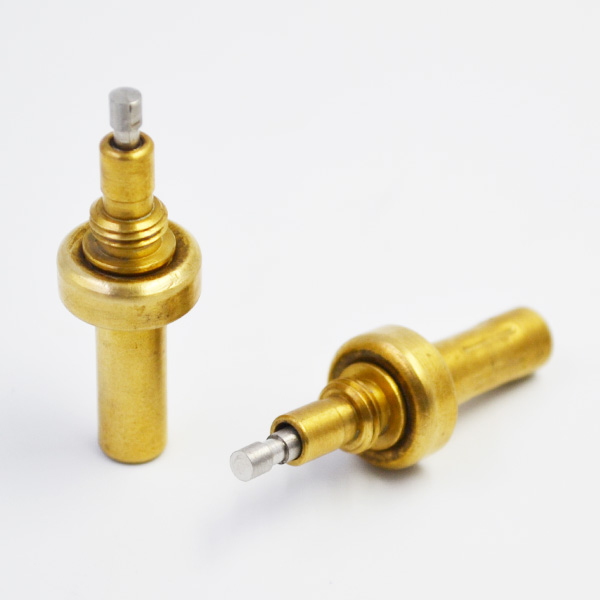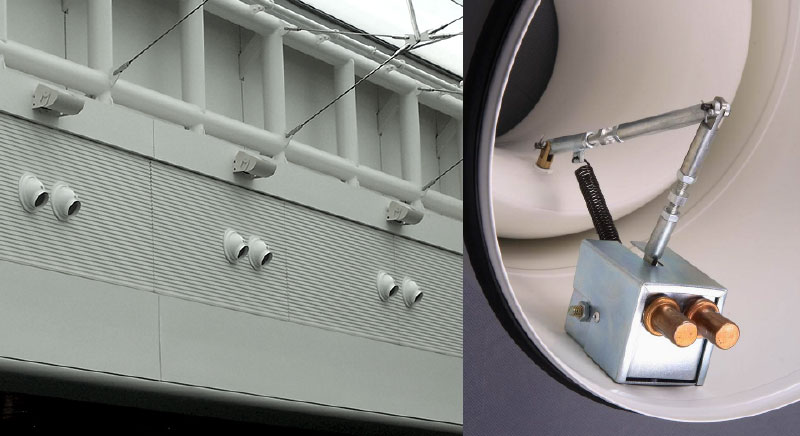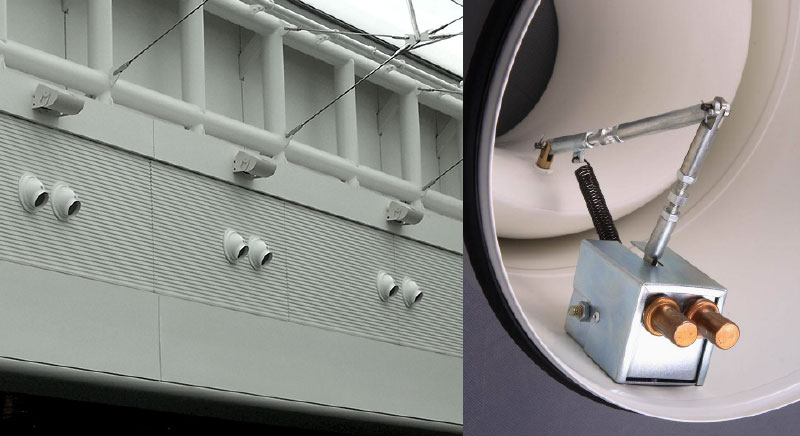With the improvement of electronic level and the development of microelectronics technology, the control function of electronic controller has made unprecedented progress.

By analyzing the current situation, we can see that the electronic control system with the electronic controller as the core has begun to replace more and more control systems. The main content of this research is the function and value of electronic controller in the electronic control system of automobile engine in the process of fuel injection, ignition and exhaust gas recirculation.

Based on the analysis of the overall structure of the automobile, we can divide the automobile electronic control system into three parts: the first is the engine electronic control system; the second is the chassis electronic control system; the third is the body electronic control system. This research aims at analyzing how to optimize the electronic control system of the engine for ignition and exhaust emission, so as to improve the performance of the engine and maintain a very good running state. The use of electronic controllers in fuel injection control system can significantly reduce fuel consumption and purify exhaust gas. Analyzing the actual situation at present, modern automobiles begin to adopt sequential injection widely, mainly because of its high quality fuel atomization quality and effect, and at the same time, it can complete the design of all cylinder injection time at the best time, which can promote the fuel economy to be significantly improved, and at the same time can also promote the emission of exhaust gas to be significantly limited.

And reduce. Electronic controller is the core part of the fuel injection control system. In practice, when the electronic control fuel injection system is running, the electronic controller will calculate the basic fuel injection amount. The main basis is the signals measured by the sensors.
On the basis of the above, the actual fuel injection amount is corrected and determined. The main basis is the signals of the coolant temperature sensors and so on. Moreover, under different engine conditions, the electronic controller can also complete the sensor signal sensing strictly according to the actual position of the intake valve, and achieve the effective control of fuel injection based on the analysis of the actual control mode. In this way, the comprehensive performance of the engine can be improved to the greatest extent on the basis of the use of electronic controllers, and the optimal working conditions and effects can be achieved. Sensors can be divided into the following important types: the first is the camshaft position sensor; the second is the crankshaft position sensor; the third is the air flow sensor, of course, there are other types. The pulse signal from the camshaft position sensor and the pulse signal from the crankshaft position sensor will be analyzed and detected by the electronic controller. After the above work is completed, the crankshaft rotation speed can be calculated accurately by the use of the electronic controller, and the engine speed can also be calculated. On the basis of the above, the specific ignition can be determined. The main basis of timing is engine crankshaft angle signal. On the basis of using speed signal, the basic ignition advance angle can be determined by electronic controller.
After the air flow signal is acquired by the electronic controller, the effective calculation of the basic injection time can be completed, and the calculation and reading of the basic ignition advance angle can also be completed. The main basis is the load signal.

Moreover, the electronic controller corrects and adjusts the basic point advance angle on the basis of acquiring the signals from various switches such as temperature sensor and cooling water temperature sensor. Electronic controller is the core part of ignition control system. Under various working conditions, the electronic controller has the procedures of monitoring and self-checking, and also stores the optimum ignition advance angle. Every item is indispensable. In practical work, there are still temporary data storage. The temporary data mentioned above can be transferred out in the first time on the basis of meeting the actual conditions, or can be rewritten effectively. The microprocessor can calculate and judge the above-mentioned signals, and the electronic ignition module can get the best ignition advance angle signal at the first time. At the same time, it can get the signal of the primary circuit turn-on time of the ignition coil.
On the basis of the above, the ignition controller can complete the ignition command. The most basic principle of the exhaust gas recirculation system is that the solenoid valve of the exhaust gas recirculation system will be opened timely by the electronic controller based on the conditions of engine speed, engine load, engine temperature, thermostatic element engine intake flow and engine exhaust temperature. Then it enters the intake system and the combustible mixture into the cylinder for combustion. It mainly introduces part of the exhaust gas from the engine through the solenoid valve of the exhaust gas recirculation system, which promotes it to enter the intake system and the position of the combustible mixture. The exhaust gas introduced in this part can cause the combustion chamber temperature to be significantly reduced. With the combustion, the temperature of combustion chamber will show a rising trend, which can fundamentally limit the increase of harmful emissions. In practice, the exhaust gas recirculation system can accurately control the solenoid valve of the exhaust gas recirculation system.

The main standpoint is the characteristics of the engine working conditions. At the same time, the exhaust gas recirculation flow can be timely and effectively regulated and controlled, which can promote the purpose of purification, but also will not affect the engine power and effect. With the development of society, automobile manufacturers choose the integration of system engineering and mechatronics. As a result, the design technology involved is of great significance. Each electronic controller is connected on the basis of data bus, and finally constitutes an integrated electronic control system for automobiles. Automotive integrated electronic control system can promote the independent execution of specific functions of its electronic controllers. The main work of automotive integrated electronic control system is to share information and resources, which is mainly based on the mutual communication between data buses. The effective use of the integrated electronic control system design mentioned above can reduce the number of sensors used, thus realizing cost savings, and optimally coordinating and matching the functions of various control systems. On the basis of the trend of the function development of electronic controllers, the function development of electronic controllers tends to be highly integrated and specialized. With the scientific and standardized technology, in practical work, automobile manufacturers can use a single chip to complete the integration of multiple automotive electronic control systems, and finally effectively centralize the control of automotive subsystems. At the same time, the chip has a lot of processing units, all of which have strong independence of ROM and RAM.
At the same time, they directly match their own independent control function modules. The modules mentioned above can play an indispensable role in the future control functions of electronic controllers.
